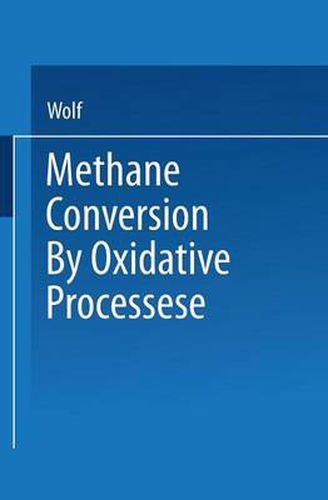Readings Newsletter
Become a Readings Member to make your shopping experience even easier.
Sign in or sign up for free!
You’re not far away from qualifying for FREE standard shipping within Australia
You’ve qualified for FREE standard shipping within Australia
The cart is loading…






This title is printed to order. This book may have been self-published. If so, we cannot guarantee the quality of the content. In the main most books will have gone through the editing process however some may not. We therefore suggest that you be aware of this before ordering this book. If in doubt check either the author or publisher’s details as we are unable to accept any returns unless they are faulty. Please contact us if you have any questions.
A reasonable case could be made that the scientific interest in catalytic oxidation was the basis for the recognition of the phenomenon of catalysis. Davy, in his attempt in 1817 to understand the science associated with the safety lamp he had invented a few years earlier, undertook a series of studies that led him to make the observation that a jet of gas, primarily methane, would cause a platinum wire to continue to glow even though the flame was extinguished and there was no visible flame. Dobereiner reported in 1823 the results of a similar investigation and observed that spongy platina would cause the ignition of a stream of hydrogen in air. Based on this observation Dobereiner invented the first lighter. His lighter employed hydrogen (generated from zinc and sulfuric acid) which passed over finely divided platinum and which ignited the gas. Thousands of these lighters were used over a number of years. Dobereiner refused to file a patent for his lighter, commenting that I love science more than money. Davy thought the action of platinum was the result of heat while Dobereiner believed the ~ffect ~as a manifestation of electricity. Faraday became interested in the subject and published a paper on it in 1834; he concluded that the cause for this reaction was similar to other reactions.
$9.00 standard shipping within Australia
FREE standard shipping within Australia for orders over $100.00
Express & International shipping calculated at checkout
This title is printed to order. This book may have been self-published. If so, we cannot guarantee the quality of the content. In the main most books will have gone through the editing process however some may not. We therefore suggest that you be aware of this before ordering this book. If in doubt check either the author or publisher’s details as we are unable to accept any returns unless they are faulty. Please contact us if you have any questions.
A reasonable case could be made that the scientific interest in catalytic oxidation was the basis for the recognition of the phenomenon of catalysis. Davy, in his attempt in 1817 to understand the science associated with the safety lamp he had invented a few years earlier, undertook a series of studies that led him to make the observation that a jet of gas, primarily methane, would cause a platinum wire to continue to glow even though the flame was extinguished and there was no visible flame. Dobereiner reported in 1823 the results of a similar investigation and observed that spongy platina would cause the ignition of a stream of hydrogen in air. Based on this observation Dobereiner invented the first lighter. His lighter employed hydrogen (generated from zinc and sulfuric acid) which passed over finely divided platinum and which ignited the gas. Thousands of these lighters were used over a number of years. Dobereiner refused to file a patent for his lighter, commenting that I love science more than money. Davy thought the action of platinum was the result of heat while Dobereiner believed the ~ffect ~as a manifestation of electricity. Faraday became interested in the subject and published a paper on it in 1834; he concluded that the cause for this reaction was similar to other reactions.